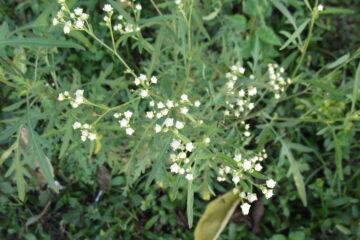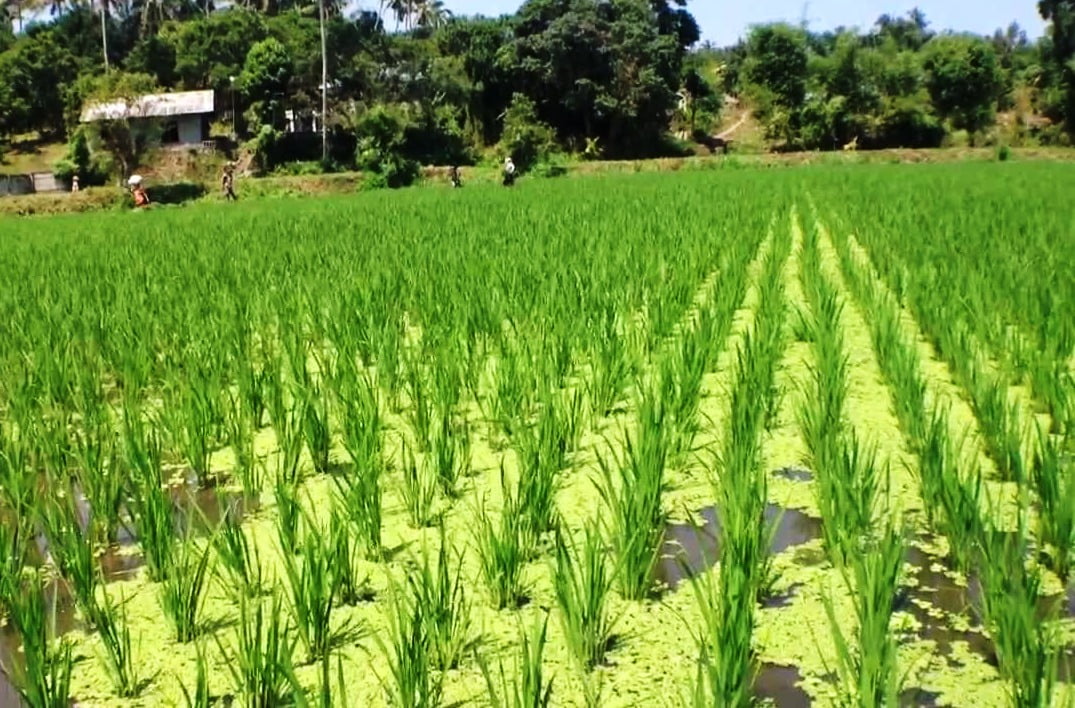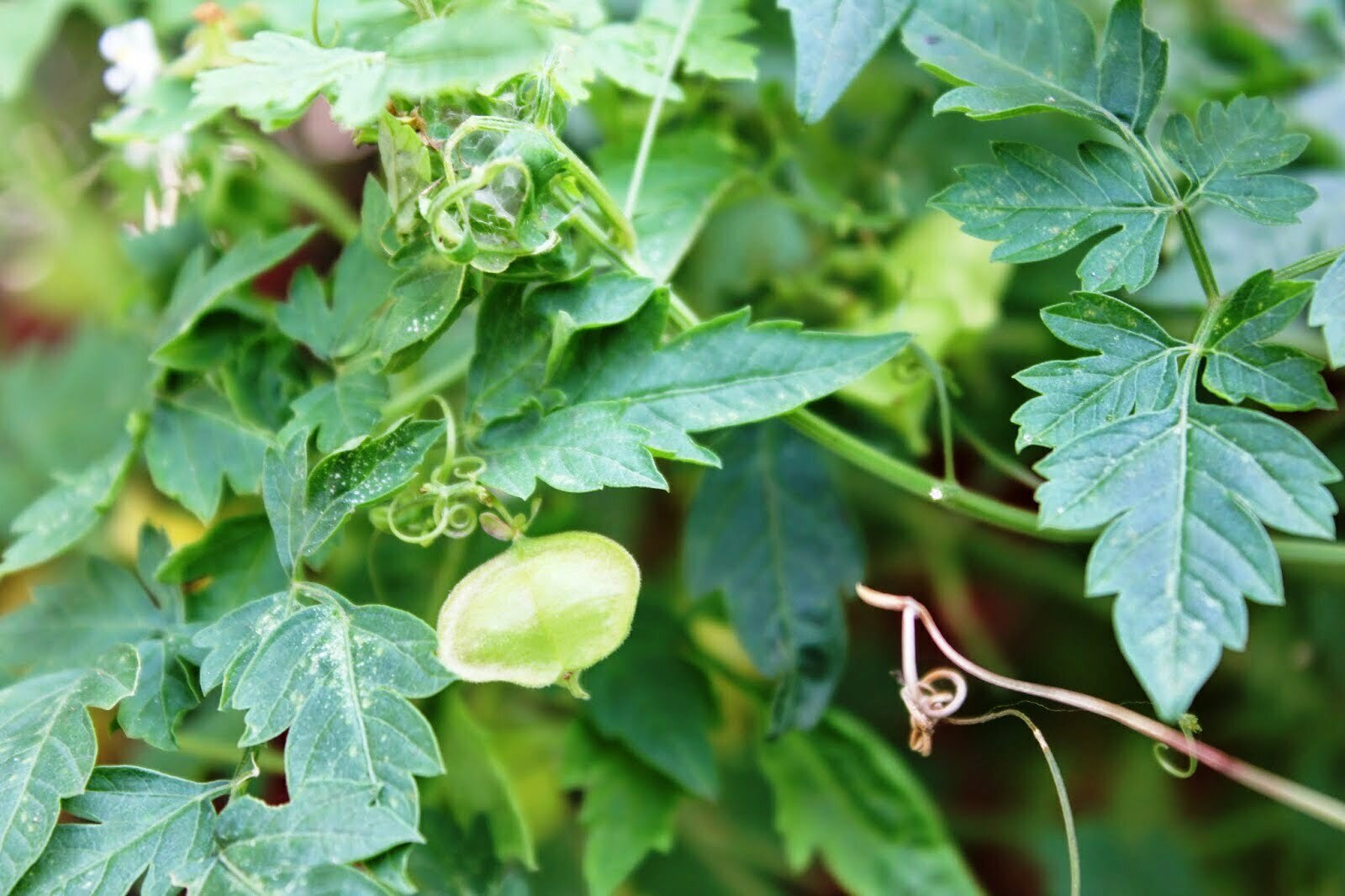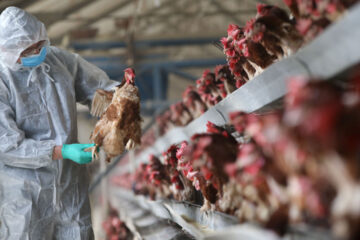Published Date: November 2017
Among the diseases that spread from animals to humans, rabies, especially transmitted by dogs, is of significant concern. This is because rabies is almost always fatal once symptoms appear in humans. In India, approximately 20,000 people die from rabies each year. This means that of every hundred people who die globally from rabies, around 35 are from India. According to the World Health Organization (WHO), in India, one person dies from rabies every half hour. This article explores this deadly disease in detail.
Rabies (Hydrophobia)
Rabies is a viral disease that spreads to humans through the saliva of an infected dog. Symptoms of rabies may appear anywhere between two weeks to six months after a dog bite, depending on where the bite occurred on the body. If bitten on the head or neck, the disease progresses rapidly. Infected individuals may develop hydrophobia, an intense fear of water, making it difficult for them to drink, even when thirsty. This leads to an aversion to water. Additionally, they may develop aerophobia, a fear of air, and photophobia, a fear of light. As the disease progresses, it affects the nervous system and brain, leading to death. However, if the rabies vaccine is administered promptly, the disease can be entirely prevented.
Rabies Vaccination
Rabies vaccination is crucial for animals, especially since rabies is fatal in humans if left untreated, but completely preventable with timely vaccination. The vaccine can be administered in two scenarios: before a dog bite or after a dog bite.
Before a Dog Bite
People who are regularly in contact with dogs, such as dog trainers, veterinarians, and laboratory assistants, are at a higher risk of contracting rabies and should therefore be vaccinated. Similarly, children should receive the vaccine as a preventive measure against the disease. The vaccine can be administered intramuscularly or subcutaneously.
- Intramuscular Vaccination: Depending on the type of vaccine, 1 ml or 0.5 ml is injected on days 0, 7, 21, and 28. For children over two years and adults, the vaccine is administered in the arm, while for children under two years, it is injected into the front side of the thigh. The vaccine is generally not administered in the hip area due to insufficient immune response.
- Subcutaneous Vaccination: A 0.1 ml dose is administered subcutaneously on days 0, 7, 21, and 28. If the full course is completed, a second course is not necessary. However, individuals working in high-risk areas should receive periodic booster vaccinations.
After a Dog Bite
The treatment following a dog bite varies depending on the nature of the wound, and individuals are categorized into three groups:
- Category I: Those who have touched or been licked by a rabid dog do not require vaccination.
- Category II: Those with minor scratches or wounds without bleeding should get vaccinated immediately.
- Category III: Those with multiple or severe wounds, bleeding, or bites that have been licked should not only get vaccinated immediately but also receive rabies immunoglobulin around the wound sites. Before vaccination, the bitten area should be thoroughly washed with plenty of water and soap, followed by an iodine solution if available.
If it is confirmed that the biting dog was not rabid, or if the dog remains healthy for ten days following the bite, the ongoing vaccination can be halted. This vaccine can be administered either intramuscularly or subcutaneously.
- Intramuscular Vaccination: Two protocols are followed: the five-dose regimen on days 0, 3, 7, 14, and 28, or the four-dose regimen, where two doses are given on day 0 and one each on days 7 and 14. The five-dose regimen is commonly followed in India.
- Subcutaneous Vaccination: Administered on days 0, 3, 7, and 28, this method is often used for individuals in Category III. Day 0 is considered the day of the first vaccine dose, not the day of the bite. Immediate vaccination following a bite is recommended.
If a person who was previously fully vaccinated against rabies gets bitten again, only two doses are required on days 0 and 3, with no need for rabies immunoglobulin.
In India, rabies cases have been reported in all regions except the Andaman, Nicobar, and Lakshadweep Islands. The disease predominantly affects the poor, prompting the Indian government to establish a program in 1998 to prevent and treat rabies. The goal is to make India rabies-free by 2020, and efforts are ongoing.
As World Rabies Day is observed on September 28th globally, raising awareness about this disease is essential.
Dr. S. Raja Sokkappan, Veterinary Assistant Surgeon, Melakkidaram; Dr. T. Deepak, Veterinary Assistant Surgeon, Vishamangalam; Dr. K. Premkumar, Veterinary Assistant Surgeon, Ettipatti; Dr. V. P. Raghavendran, Assistant Professor, Agricultural College, Killikulam












